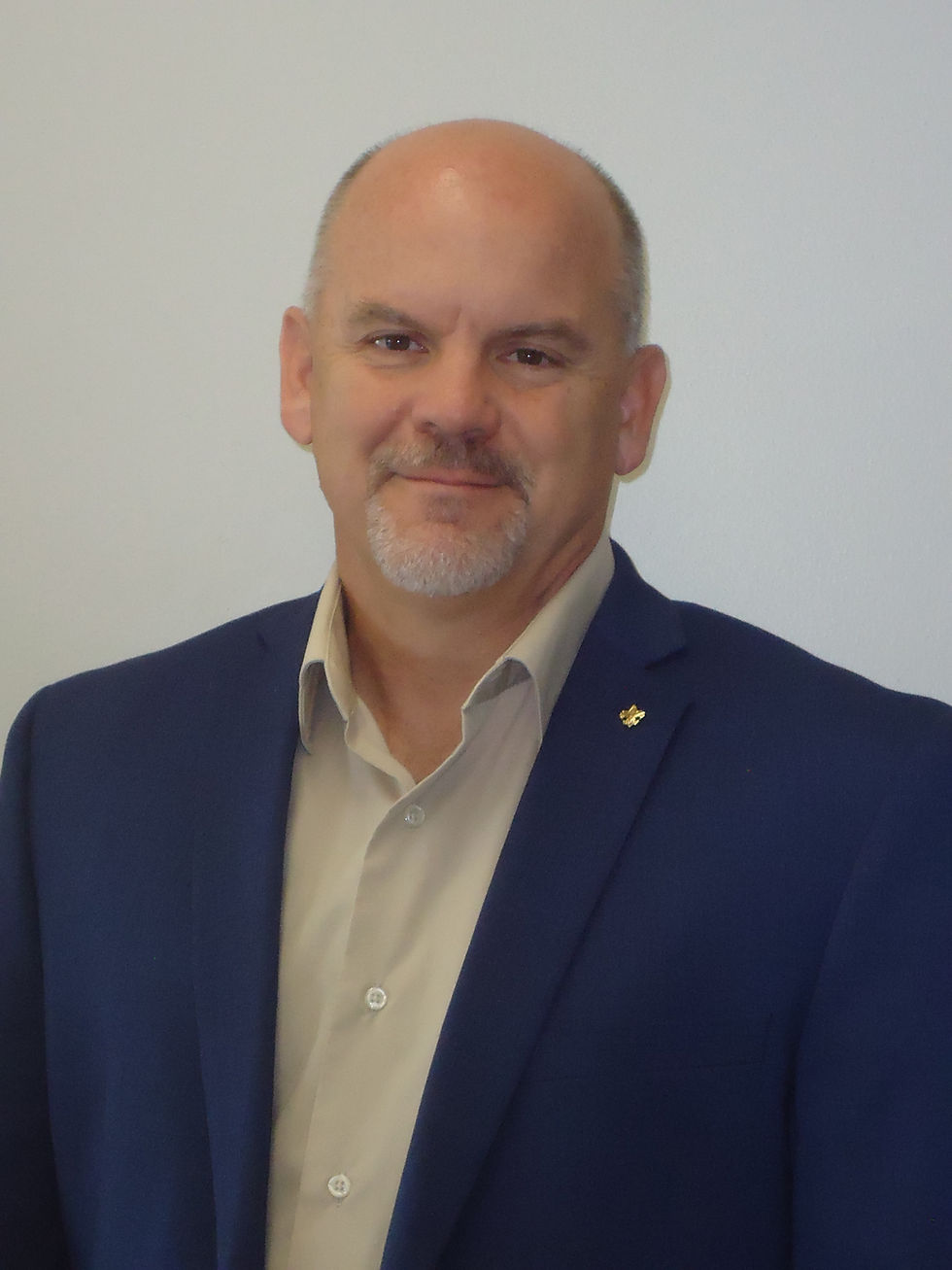- Michael Jenkins
- Mar 8, 2021
- 1 min read
Updated: Mar 9, 2021
You can learn more about me by viewing my YouTube Channel at keywords Michael L Jenkins. I have published several videos about leadership and other topics. Also, on the left of the home screen is the "about" tab. Click that to learn more about my personal life. On the right of the home screen are the social media tabs. Click any of those to see my profiles on those sites. Thank you for your interest!








